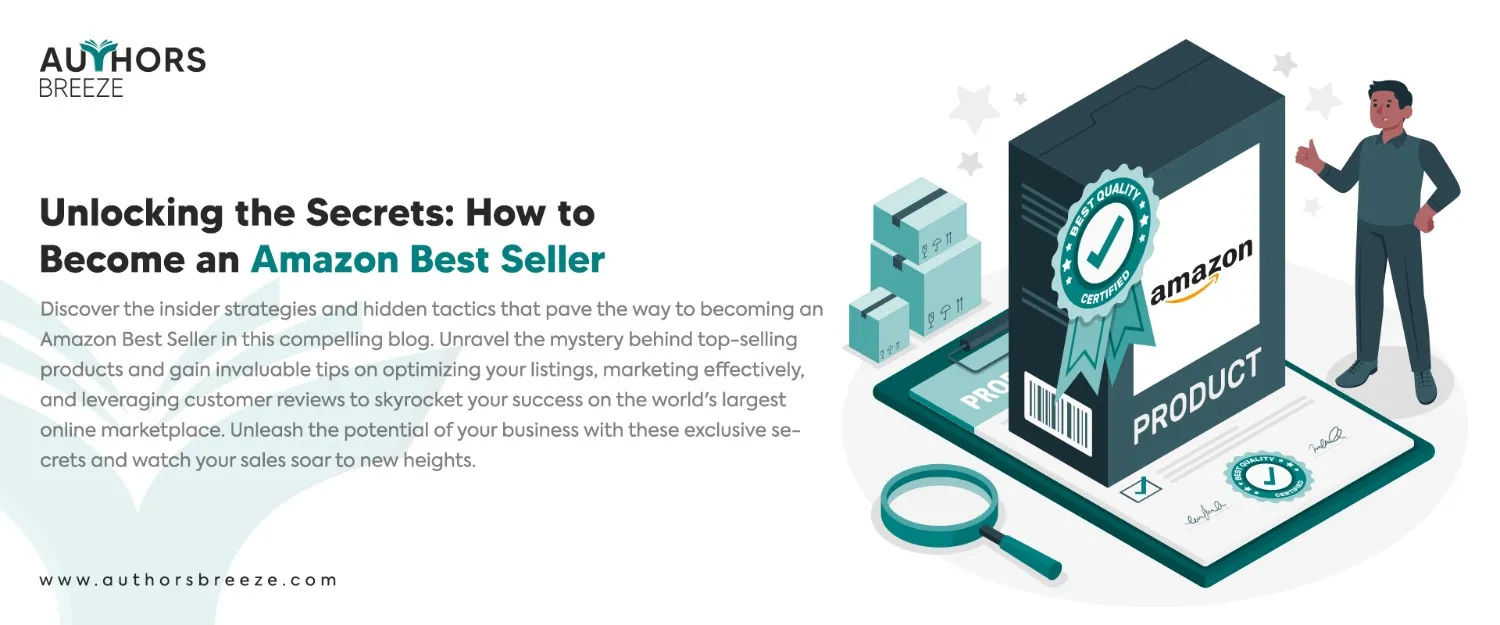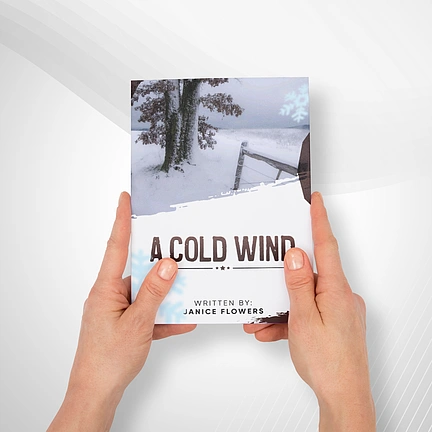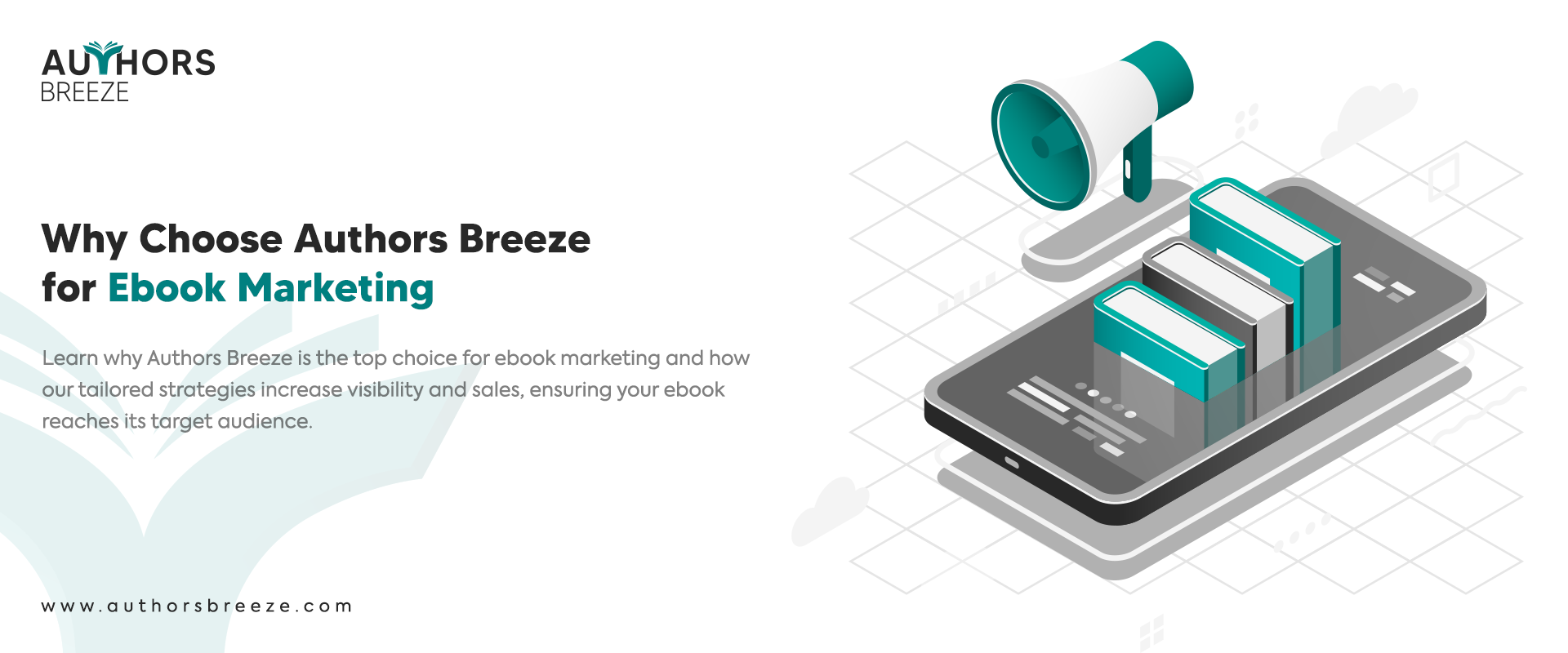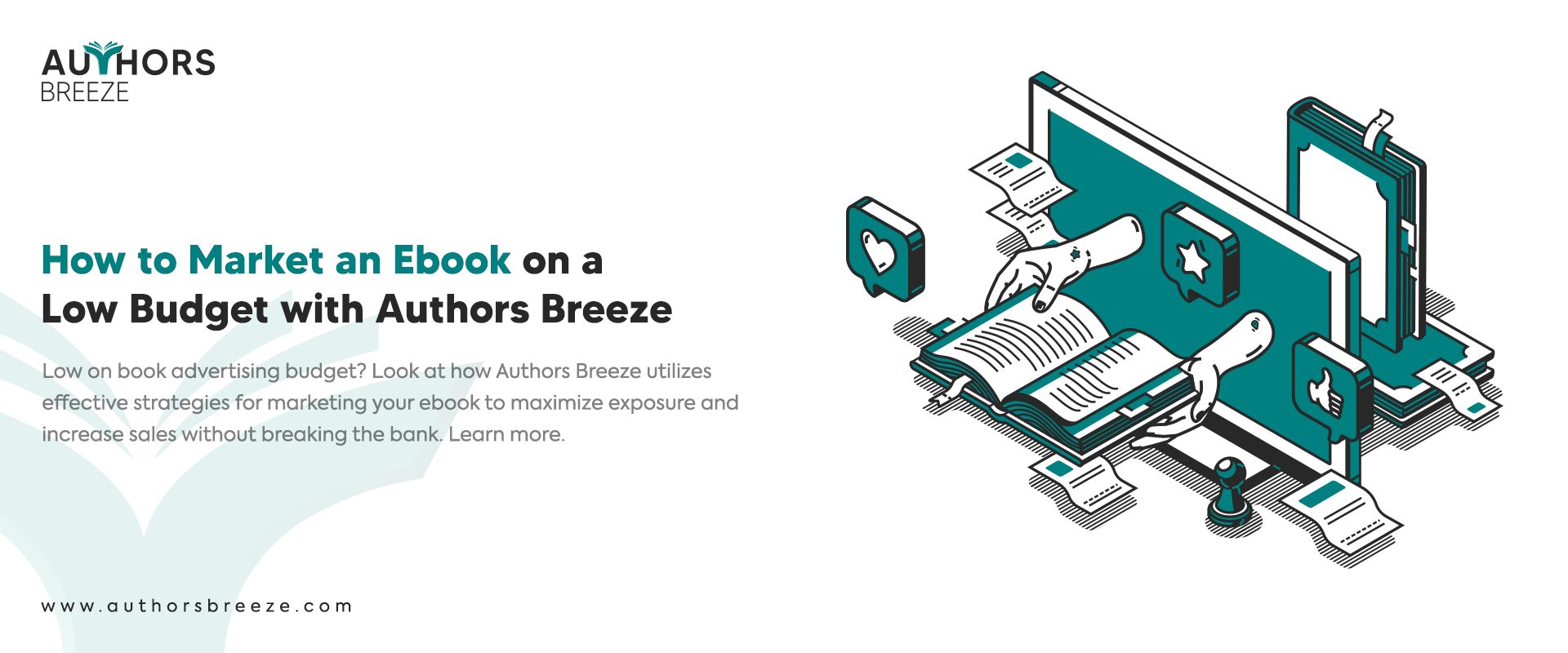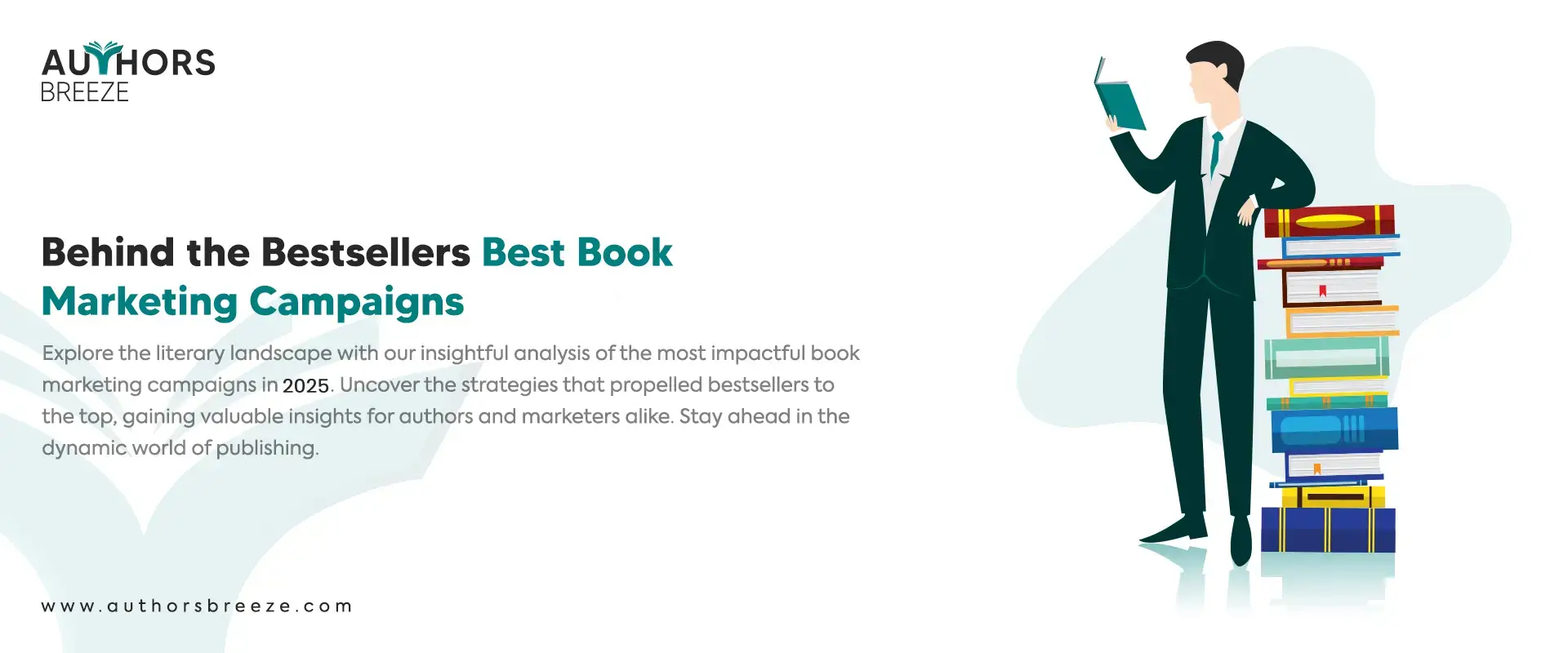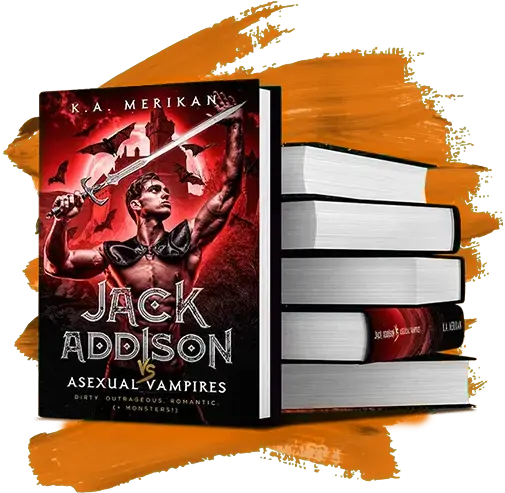As an author, you may struggle to climb up the Amazon rankings while you see others earning that Amazon best seller flag. So, if you want to sell an ebook on Amazon and become an Amazon best seller, you should not focus solely on sales. It is a complex process to achieve the status of an Amazon best seller that involves various factors.
Here are some key factors that determine an Amazon best seller status in the category of books:
Categories and Keywords
The placement of your book in specific categories and effective use of relevant keywords. It can majorly impact its visibility and chances of reaching the top.
Competing Titles
The performance of the top book in each category matters. If the leading book is already selling well, it might be more challenging for your book to surpass it.
Initial Sales Momentum
How well your book performs during its first week of release can have a notable impact on its overall ranking.
Format Consideration
Keep in mind that best seller rankings differ between print and Kindle editions.
Promotions and Pricing
The presence of your book on promotion lists and its pricing strategy can also affect its sales and rankings.
If you want to become an Amazon best seller, you need to aim for the top spot in at least one category. Some categories might be easier to achieve this in than others.
How to Become an Amazon Best Seller?
Amazon has emerged as one of the largest online marketplaces in the world. It is a fantastic platform for authors and entrepreneurs. Selling books on Amazon can help you reach a global audience.
For those who want to establish their credibility and increase their sales, being an Amazon best seller can be a game-changer. It will be a dream come true for an author.
However, the way to become an Amazon best seller is not simple. It requires you to follow a method keeping Amazon guidelines in mind.
1. Make Your Book as Visually Appealing as Possible
Once you have your final book cover ready, you should also focus on other visual assets in advance of your book launch. Alongside a great book cover, you should prepare the following elements:
Graphics for Promotion
Design graphics that catch the attention and stand out. Also, those that can represent your book effectively on social media platforms. It can include the following:
- Images
- Banners
- Teasers
Author Headshot for Bio
A professional headshot of yourself as the author for your author bio on book platforms, websites, and materials for marketing books. It helps build a connection with your readers.
Visual Email Footer
Create a visually appealing and professional email footer. It should include your book cover or elements from the exterior. This reinforces your brand identity when you communicate with your audience.
Videos for Social Media
You can also consider and create engaging videos related to your book that you can share on social media platforms. These videos can feature your book cover, teasers, or even short readings from the book.
If you are not proficient in graphic design, don’t worry. You can ask your book cover maker for assistance with these visual assets. They might be able to adapt elements from the cover design to suit the other graphics.
2. Engage with Key Figures
As your book launch comes nearer, you need to identify key people in your network who have a substantial following and align with your target audience. You can acquire book marketing services if needed to find influencers. Here’s a step-by-step approach to how you can engage with them and secure endorsements:
Identify Centers of Influence
Look for people who hold influence in your niche or industry. These could be professionals, podcast hosts, Facebook group admins, or influencers with an audience that matches your target readership.
Offer Early Review Copies
Reach out to these influencers and offer them early review copies of your book. This allows them to read and familiarize themselves with your work before the launch.
Request Endorsements
Politely ask them to endorse your book if they find it valuable and if it resonates with their audience. Their positive words can have a big impact on the credibility of your book.
Coordinate Endorsements for Launch Week
Aim to schedule major public endorsements from these influencers on each day of your launch week, preferably days 3 to 7. This staggered approach helps keep your sales strong throughout the week, which can positively affect the Amazon algorithm.
Additional Endorsements
If possible, try to secure endorsements beyond the launch week. The more endorsements and visibility your book receives, the better it will perform in the long run.
Special Recommendations for the Days 1 and 2
Build Anticipation
On the first day of your launch, create excitement by announcing the book press release across your social media platforms, website, and email list. Encourage your network to share the news.
Friends and Family
On the second day, reach out to friends, family, and close contacts to request them to purchase and review your book. Early positive reviews help make you credible and visible on Amazon.
3. Utilize Book Promotion Sites
Book promotion sites with large subscriber lists can boost the visibility of your book. Let’s look at how you can make the most of them:
Research and Apply
Look for reputable book promotion sites with a substantial number of subscribers. Each site may have different fees and submission requirements. Apply to these services ahead of time, as not all books may be accepted.
Importance of Cover and Description
You need a captivating book cover design and a compelling book description to catch the attention of both the promotion sites and potential readers.
Timing is Key
Aim to have your book promoted on day 2 of your launch week. This helps maintain momentum after the initial launch excitement and keeps your book’s sales strong.
Consider BookBub
It would be great if you get a BookBub promotion, but it’s also tough due to its popularity. If you can secure a BookBub promotion, it can boost your book’s visibility and sales on a major level.
Alternative Promotion Sites
BookBub might be hard to obtain. So, you can apply to other reputable sites like Bargain Booksy and BookSends. While they may have smaller subscriber lists, they are more likely to accept and promote your book and can still offer valuable exposure.
4. Build Your Email Subscriber List
As you prepare for your book launch, you can create and set up a MailChimp account to engage your network and generate initial sales momentum.
Compile a List
Place the email addresses of people you know into your MailChimp account. It can include friends, family, colleagues, and clients. Aim to have a list of at least 500 contacts.
Use Voila Norbert (if needed)
If your list is still below 500 contacts, consider using Voila Norbert to scrape emails from your LinkedIn contacts. This service can help you find additional email addresses for a fee.
Prepare Your Announcement
Craft an engaging book launch announcement in MailChimp. This email should include details about your book, a compelling description, and a direct link to your book’s listing on Amazon.
Schedule the Email
Schedule your launch announcement to be sent on the day your book officially launches. This will help create an initial sales bump on day 1 of your launch.
Utilize Eye-Catching Graphics
Include at least one eye-catching graphic in your email. Still, images work better for emails, so avoid using videos. The graphics should be related to your book and capture readers’ attention.
Build Interest with Email Chain
To build anticipation and interest, create a short email chain leading up to the launch. Share stories about your book or promote any incentives you may offer to entice readers.
Direct Link to Amazon
Make sure the email includes a clear and direct link to the listing of your book on Amazon. This makes it easy for readers to access and purchase your book.
5. Select the Right Categories
If you want to maximize the visibility of your book and become an Amazon best seller, you must choose the right, relevant, and lower-ranked book categories. Keep in mind that the competition and sales volume in each category determine the rank and visibility of your book.
Time the Selection
Since Amazon book categories can change from time to time, wait until close to your launch date to choose them. This ensures you have the most up-to-date categories available.
Opt for a Wide Range
You can select up to 10 categories for your book. Choose a diverse mix of categories that are relevant to the content and target audience of your book.
Default Categories
Amazon provides a few default categories based on the info you enter in your KDP dashboard.
Add Categories via Amazon Author Page
Utilize your Amazon Author Page to add more categories via tickets to Amazon’s support. Aim for 2 to 3 paperback categories and 7 to 8 ebook categories in total.
Primary Categories
For your paperback and first two ebook categories, find matches that accurately represent your book.
Mid-Ranking Categories
For the next two ebook categories, look for ones where the top book ranks between #3,000 and #10,000 in the Kindle store overall.
Low-Ranking Categories
For the remaining ebook categories, target ones where the top book ranks at #10,000 or worse in the Kindle store. Higher-ranking numbers indicate less competitive categories.
Consider Semi-Related Categories
If necessary, don’t hesitate to choose categories that are somewhat related to your book. The primary focus should be on the ranking of the top book in that category.
Leverage Lower-Ranked Categories
If you find categories where the top book is ranked at 30,000 or worse, you have a better chance of reaching the number 1 spot during your launch week, even with a small number of daily sales.
6. Offer Your Book at a Reduced Price of $0.99 During the Initial Week
If you strategically manage the pricing strategy, you can drive initial sales and potentially achieve a higher ranking in Amazon’s best seller lists. It is important to create a buzz around your book and leverage efforts of marketing a book during the launch week to maximize its visibility and success.
Presale Period
Keep your ebook at full price during the relatively short presale period. Unlike some best seller lists, Amazon does not count presales toward your sales on the first day, so selling books ahead of time won’t directly impact your launch day ranking.
Day 1 Pricing
On the first day of your book launch, set the price of your ebook to $0.99. This promotional pricing will create a sense of urgency and drive early sales. As a result, it will encourage readers who might have been undecided to make a purchase.
Week-Long Promotion
Maintain the $0.99 pricing for the entire launch week. A week-long promotion gives readers ample time to take advantage of the discounted price and generates sustained interest in your book.
Attract More Buyers
The $0.99 price point is attractive to potential readers. It makes it easier for them to make a purchase decision. As a result, it led to a higher volume of sales during the launch week.
7. Launch Your Book Strategically
You need to plan your book launch cleverly to become an Amazon best seller.
Day 1
Use your author newsletter to announce your book’s launch and offer it at a promotional price (e.g., $0.99). This should create a sales bump on the first day.
Day 2
You can coordinate promotions with book promotion sites or influencers to keep the momentum going and drive sales on the second day.
Days 3-7
Organize daily sales bumps through influencers you have contacted. Moreover, utilize their platforms to reach new audiences and maintain consistent sales throughout the launch week.
Leverage Influencers
If your email list is not substantial, you can make an influencer announce your book on day 1 as well. Their endorsement can significantly impact the success of your book.
Diverse Sales Bumps
Sales bumps can come from various sources, including your email list, book promotion sites, social media influencers, and more. Each sales boost should target audiences that match your book’s target readership.
Think Creatively
Tailor your book marketing plan and promotion strategies to your situation. Be creative and open to trying different approaches to reach your target audience effectively.
FAQs
How Many Books Do You Need To Become An Amazon Best Seller?
You need to sell between 3,500 and 5,000 copies in a day in order to rank #1 on Amazon. If you want to reach the top 10, you will need to sell about 300 copies in print or more than 2,000 copies across all formats.
What is an Amazon #1 best seller?
The Amazon Best Seller rank gets determined by how much a product sells and is updated every hour. The rank considers both the product's current sales and its past sales history. A #1 rank means the product has sold more than any other in its category recently.
How Does a Book Become a Bestseller?
Bestseller lists are mainly influenced by the number of copies a book sells. However, the ranking of a book also depends on its popularity among readers. As you work on your manuscript, don't underestimate the power of public appeal. Even if your book caters to a specific group and offers valuable perspectives, it can still succeed. Your book's niche nature is alright as long as it resonates with its intended audience and delivers meaningful insights.
Conclusion
It involves numerous intricate elements to become an Amazon best seller. In addition, making a solid impression on Amazon’s search algorithm demands substantial effort. The journey of promoting your book is ongoing, but the dynamics shift once your launch week is done. Leading up to and during the launch, you should actively promote your book. However, post-launch, your book will begin to contribute to your efforts.
An author’s earning potential increases when they become an Amazon best seller. So, you need to focus on writing books that sell best on Amazon. In case of any assistance, Authors Breeze is the top book-writing services provider you can contact.

